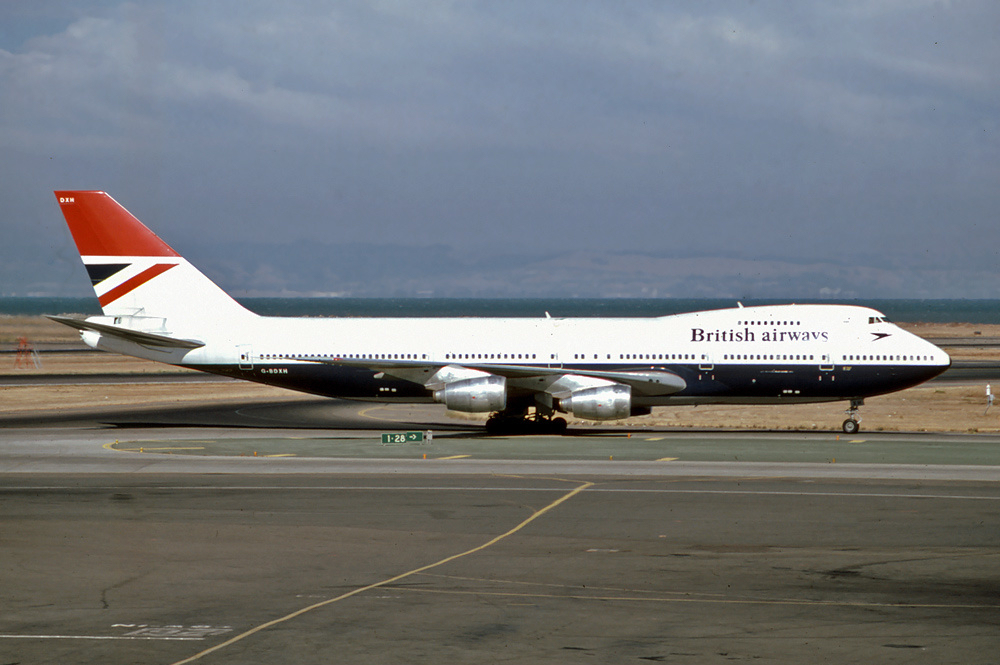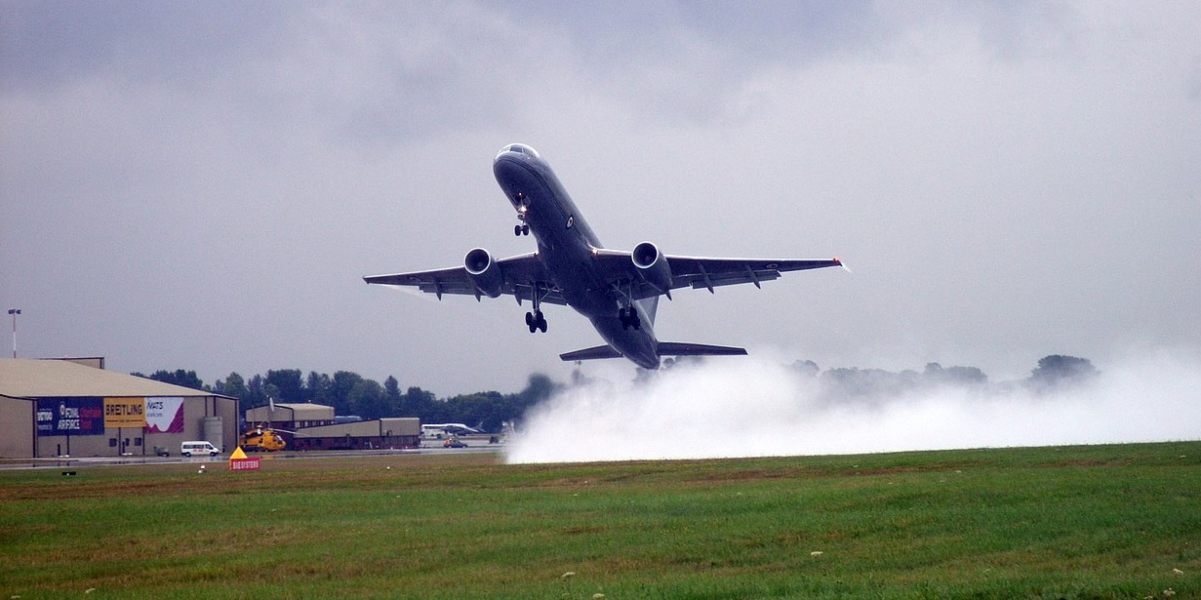The events around British Airways Boeing 747 flight BA 009 reveal the potential dangers of volcanic ash
Plumes of volcanic ash near active volcanoes are a flight safety hazard, especially for night flights. Volcanic ash is hard and abrasive, and can quickly cause significant wear to propellers and turbocompressor blades, and scratch cockpit windows, impairing visibility. The ash contaminates fuel and water systems, can jam gears, and make engines flame out. Its particles have low melting points, so they melt in the engines’ combustion chamber then the ceramic mass sticks to turbine blades, fuel nozzles, and combustors—which can lead to total engine failure.
In the past 40 years, several jet-powered commercial airplanes have encountered clouds of volcanic ash and suffered damage as a result.
In 1982, when Mount Galunggung volcano, Indonesia, erupted, several Boeing 747s encountered ash from this eruption.
The events around one British Airways Boeing 747 flight BA 009 reveal the potential dangers of this sort of dust.
The airliner, flown by Captain Eric Moody, lost thrust from all four engines at 37,000ft.
Moody hadn’t a clue why.
It wasn’t until later, when he, his crew and the 247 passengers on board the flight, were safely back on the ground, that Moody discovered the cause of the narrowly averted catastrophe – volcanic ash.
According to BBC, on the evening of Jun. 24, 1982 when flight BA 009 took off from Kuala Lumpur in Malaysia, there had been no hint of trouble: in fact the weather forecast for the five-hour journey for Perth, Australia, was good and the crew were anticipating an uneventful flight.
As the Boeing 747 headed past Java over the south-eastern Indian Ocean at its cruising height, the first sign of trouble came.
After he left the cockpit for a stroll, Capt Moody was summoned back to the flight deck. He noticed puffs of “smoke” billowing from the vents in the floor and detected an acrid smell as he climbed the stairs of the Jumbo.
A St Elmo’s fire – a discharge of static electricity – on the windscreen was the first thing he saw when he opened the door of the cockpit.
But that alone wasn’t enough to cause alarm, Capt Moody said to BBC.
“That’s not unusual in high wispy cloud. But it developed into something more than we’d ever seen before.”
The crew noticed the front of the engines were glowing as if lit inside when they looked out the side windows of the cockpit.
The impact the dust was having on the aircraft itself was detailed by then Capt Moody’s flight engineer.

“Engine failure number four… engine failure number two,” he said.
“Three’s gone… They’ve all gone.”
The Boeing 747 powered by four Rolls Royce engines had become a glider.
Needing time to calmly consider his options, Capt Moody used autopilot to put the plane into a gentle descent, and instructed his first officer to issue a mayday call.
Many passengers were largely unaware that anything was wrong while the crew on the flight deck were frantically trying to figure out the cause of this freak failure.
However, the news had to be announced when the passenger oxygen masks dropped as the plane steepened its descent.
“Good evening ladies and gentlemen. This is your captain speaking. We have a small problem. All four engines have stopped. We are all doing our damnedest to get them going again. I trust you are not in too much distress.”
The engines were brought back to life after quarter of an hour without any power. Ash had clogged the engines, which only restarted when enough of the molten ash solidified and broke off.
Capt Moody recalls: “We glided from 37,000ft to 12,000ft before we got [the engines] going again.”
The plane headed back to Jakarta where it landed safely, though even then one of the engines had failed again.
It took two days to the investigators to confirm that volcanic ash had been responsible for the near disaster. The plane had flown into a cloud of dust spewed out by an eruption of Mount Galunggung, 110 miles south east of Jakarta.
A close examination of the plane revealed the damage a plume of these tiny particles can do to an engine – the tips of the turbine blades had been ground away. The findings were eventually incorporated into a report on the dangers of volcanic ash to aircraft.
Photo by Richard Silagi via Wikipedia and British Airways






























